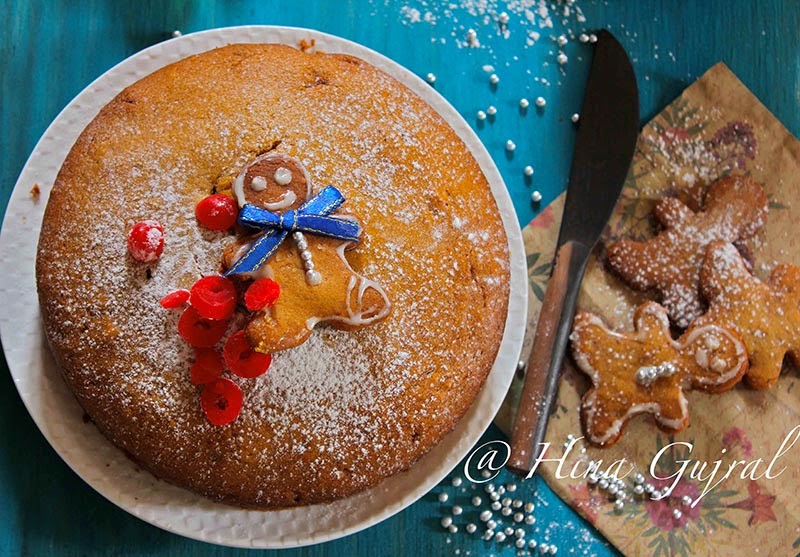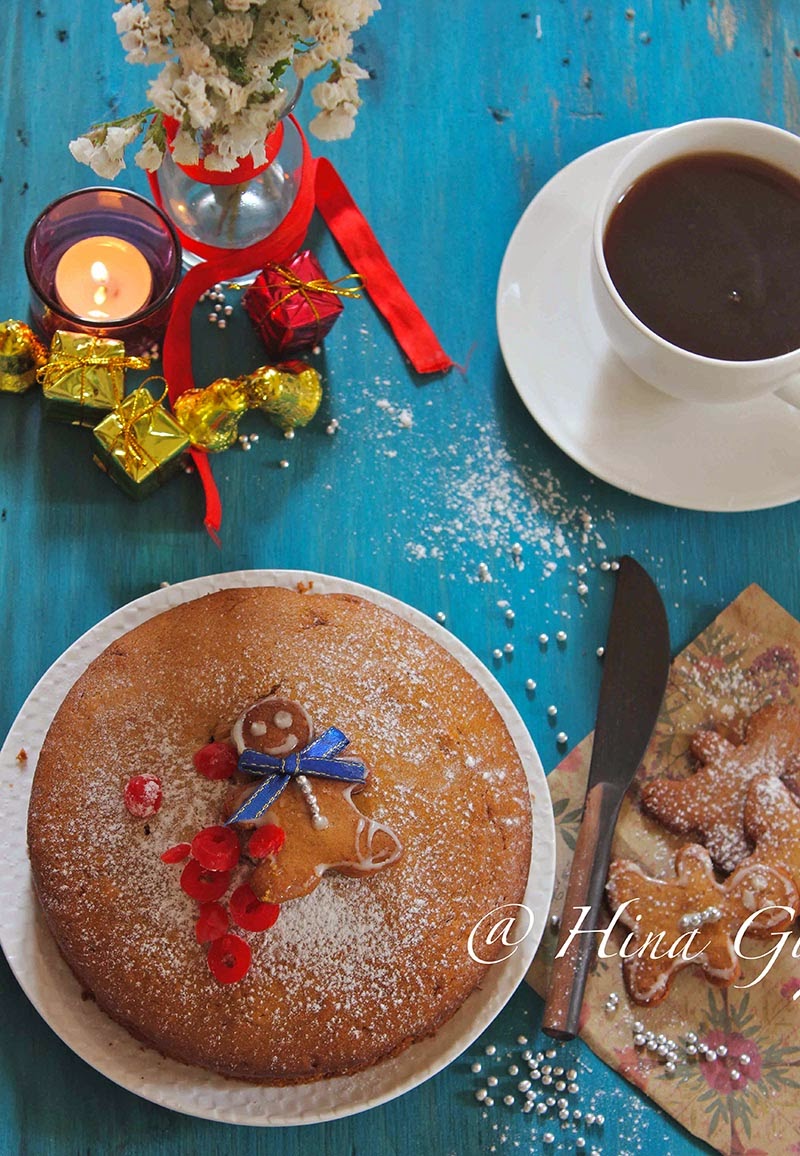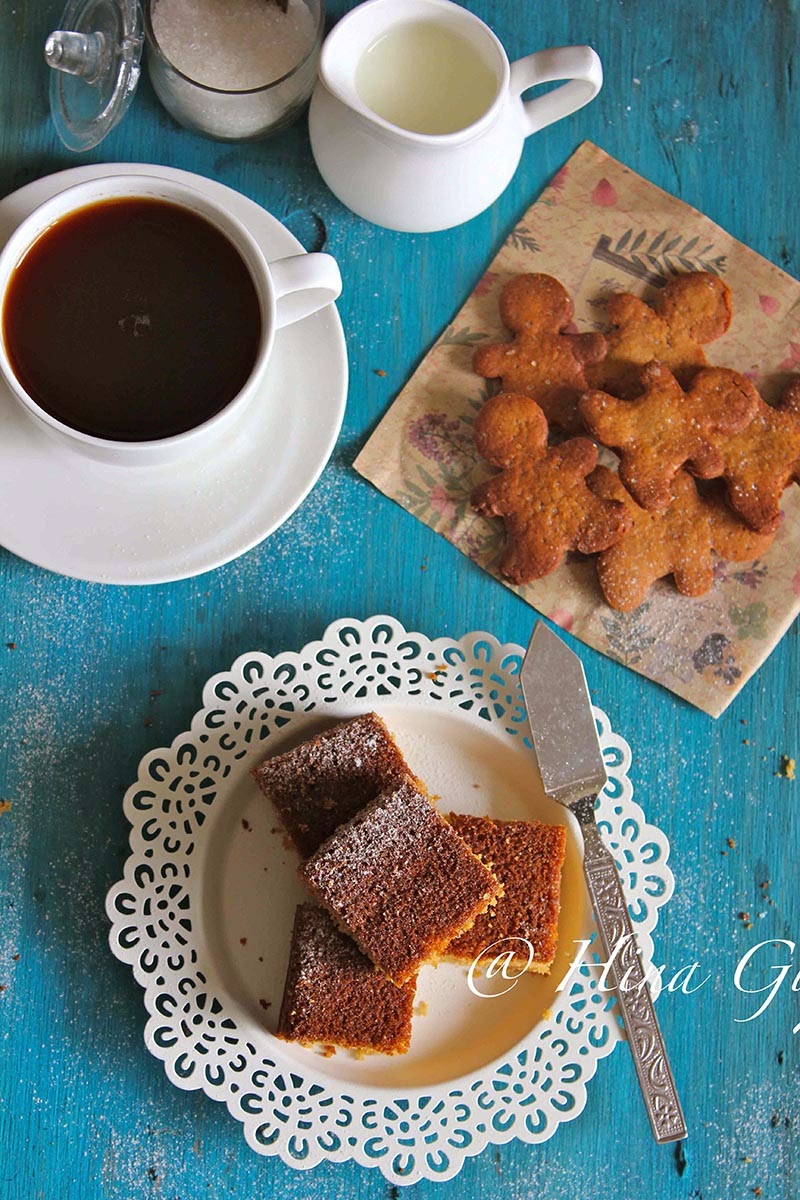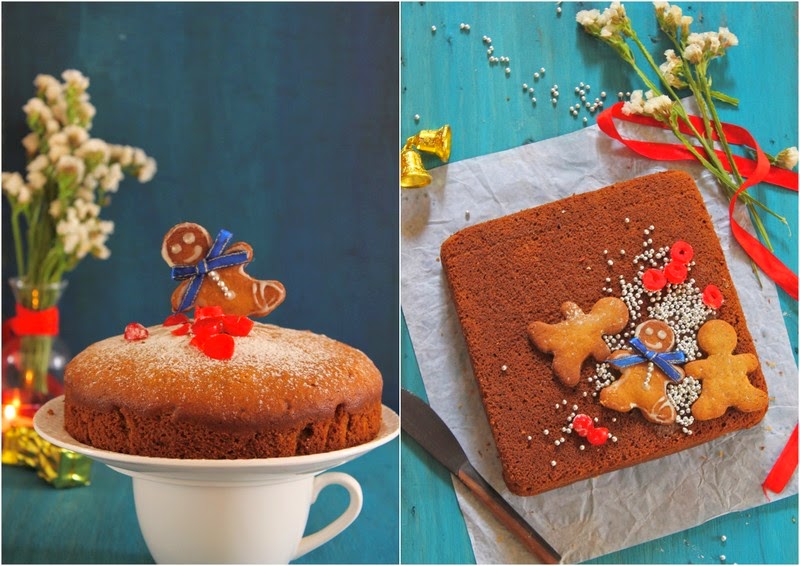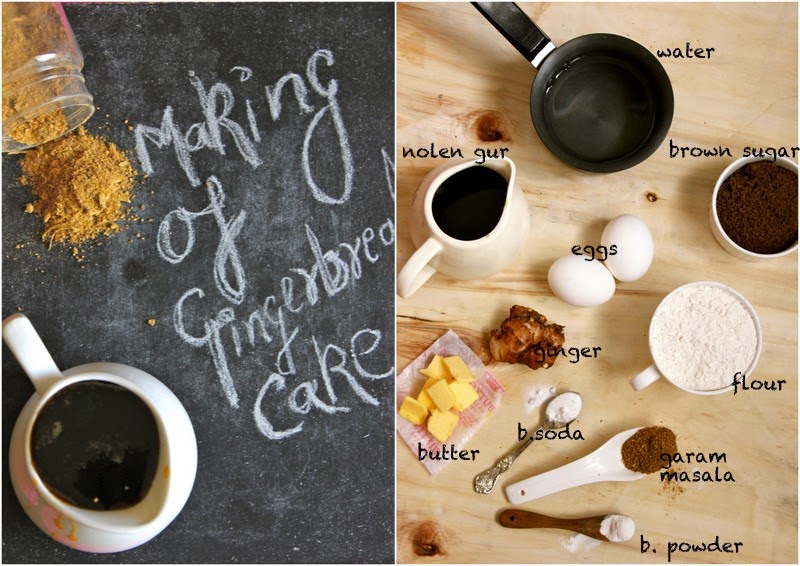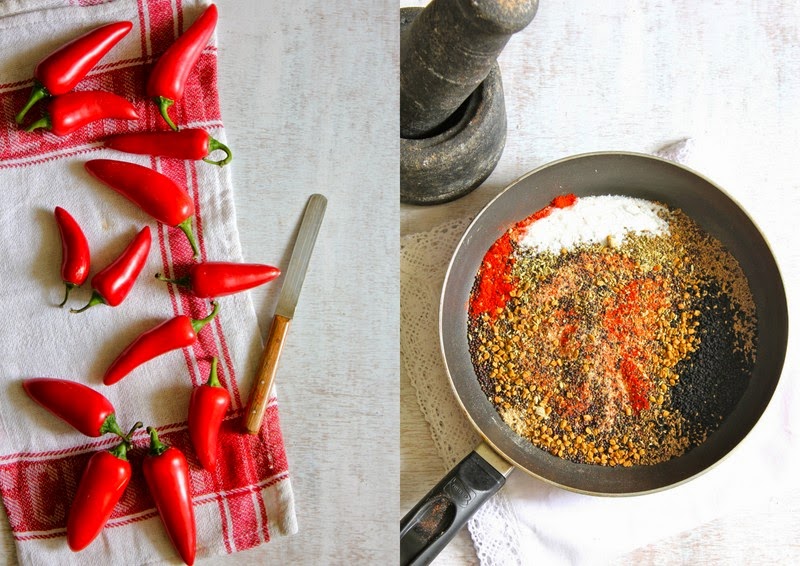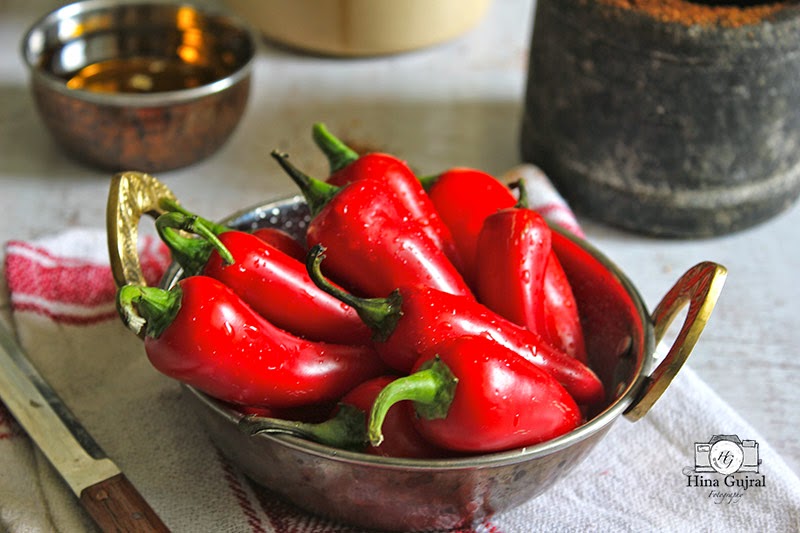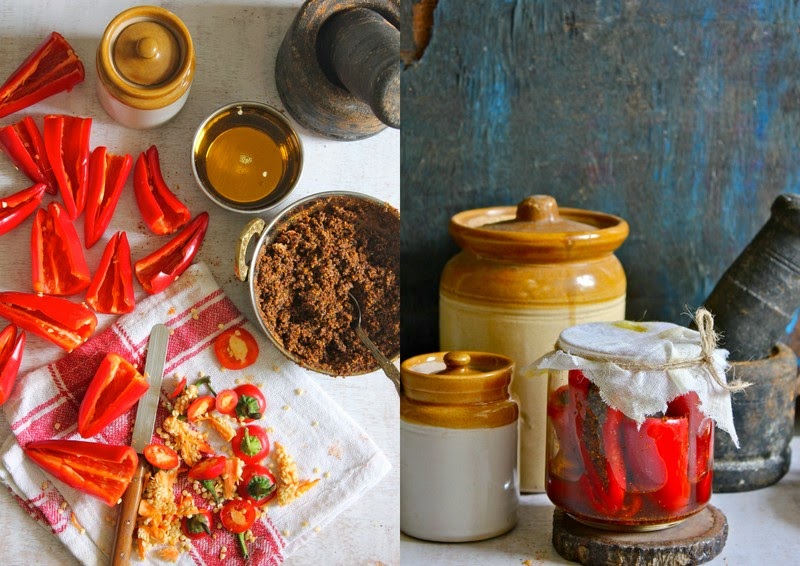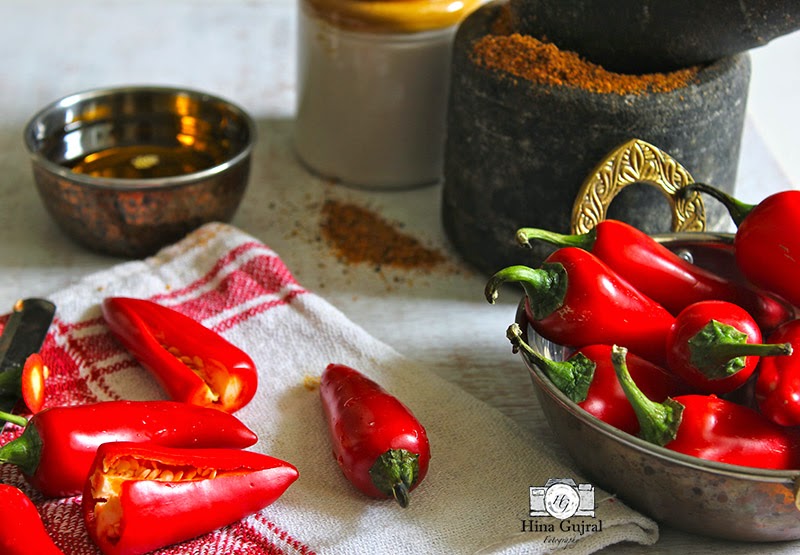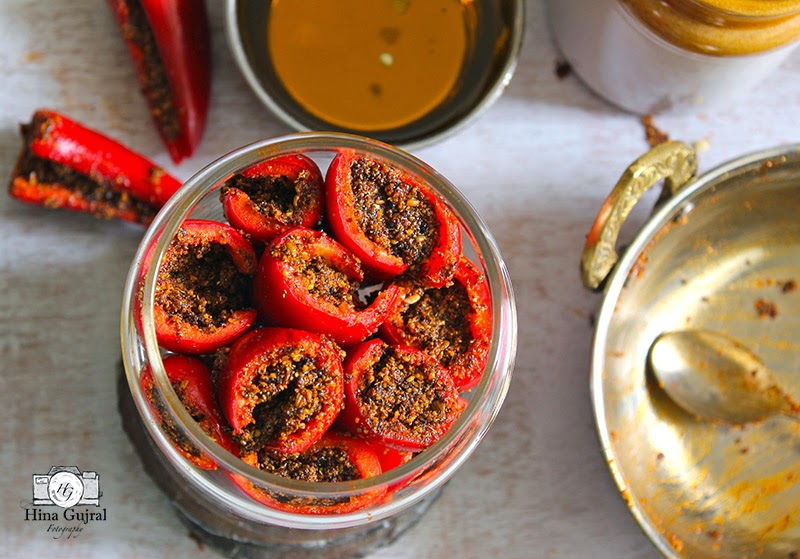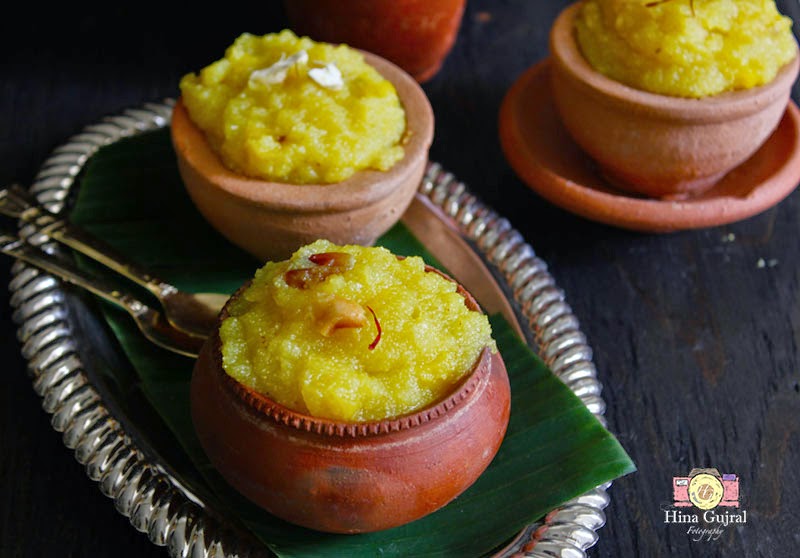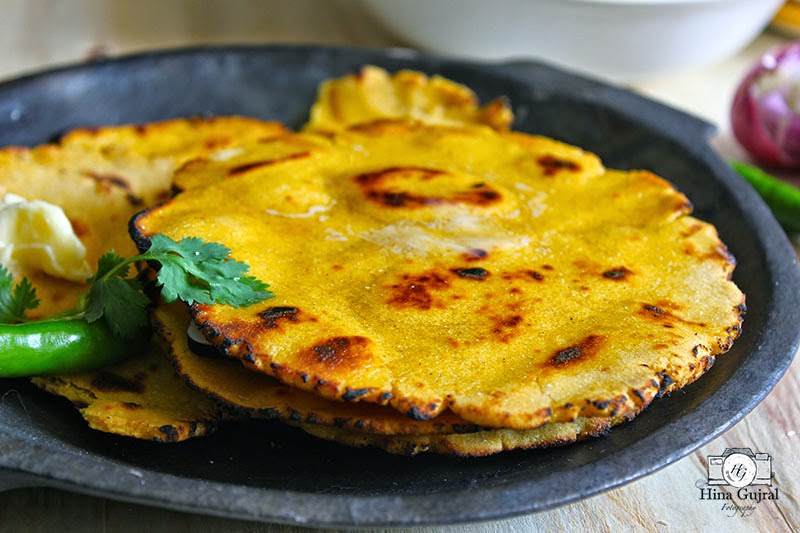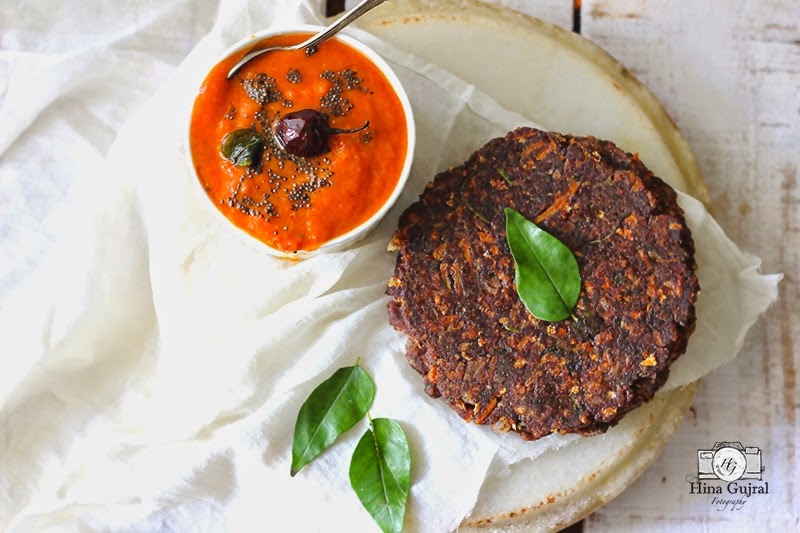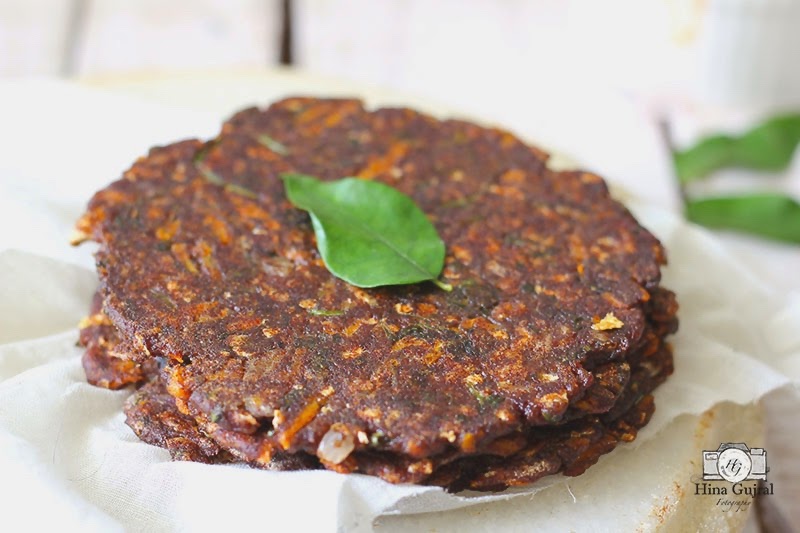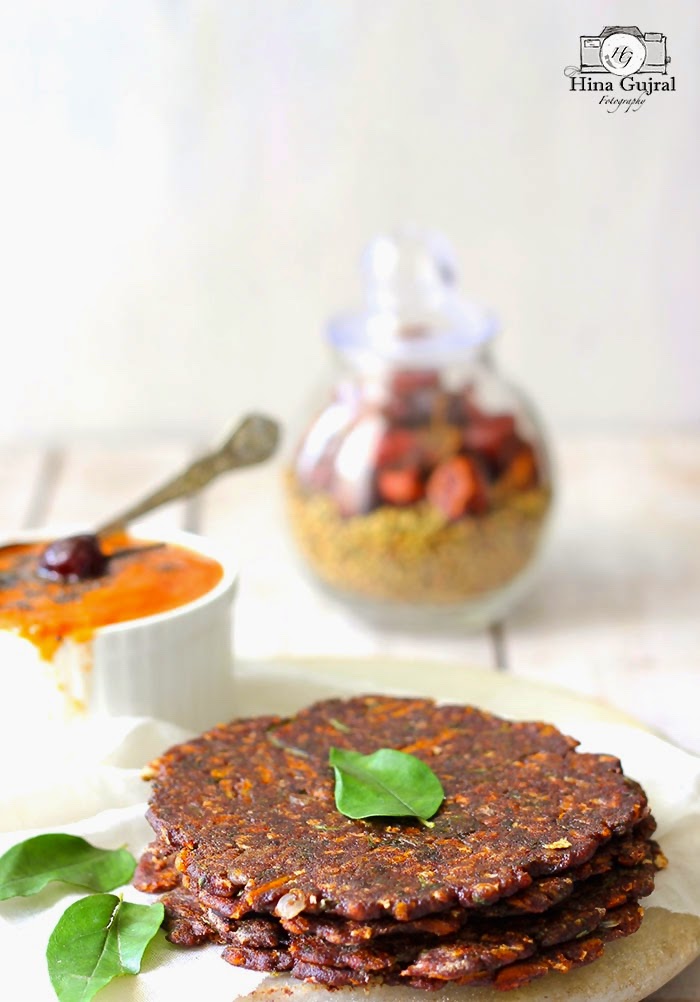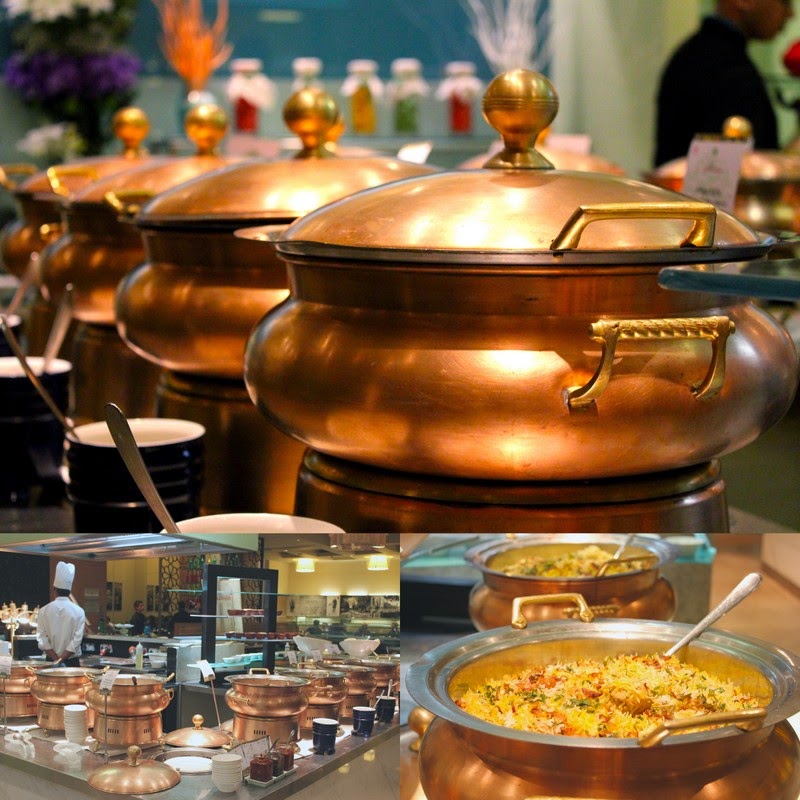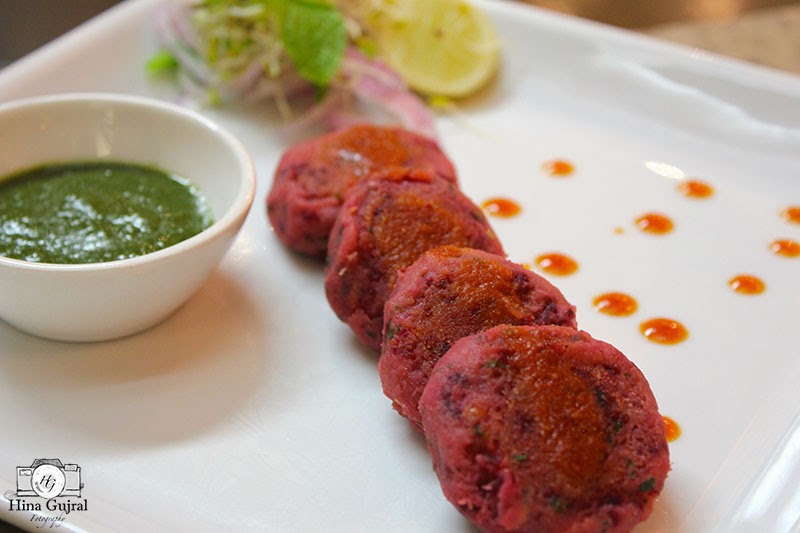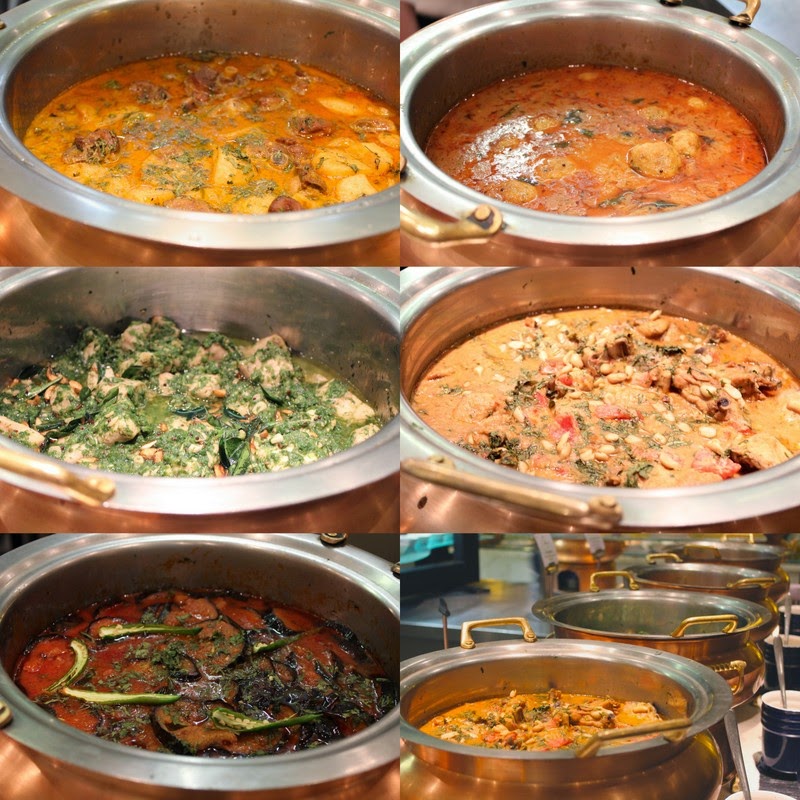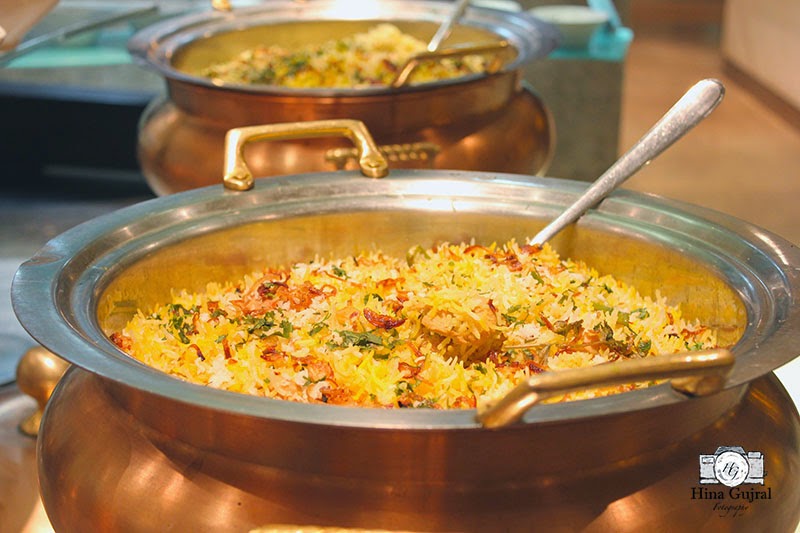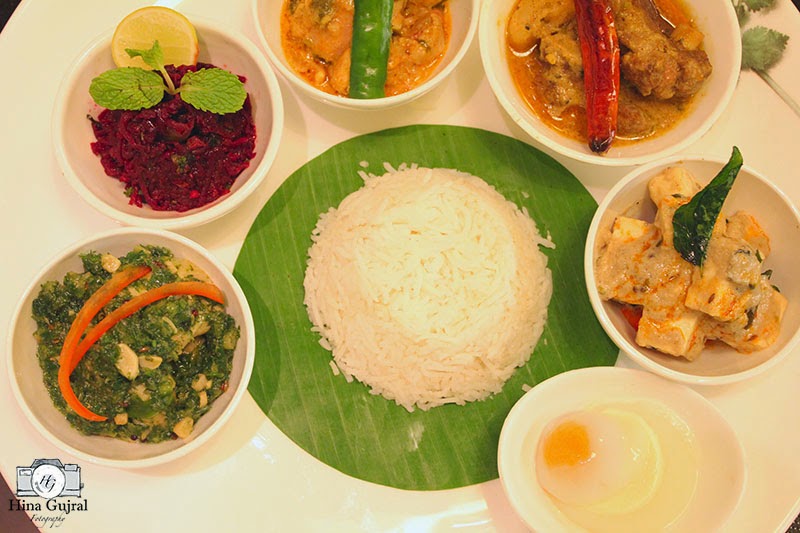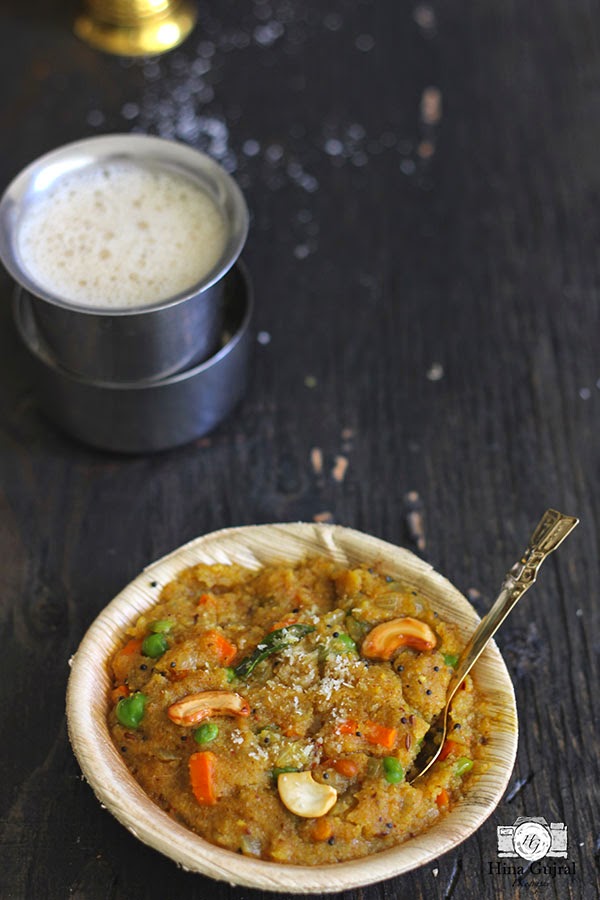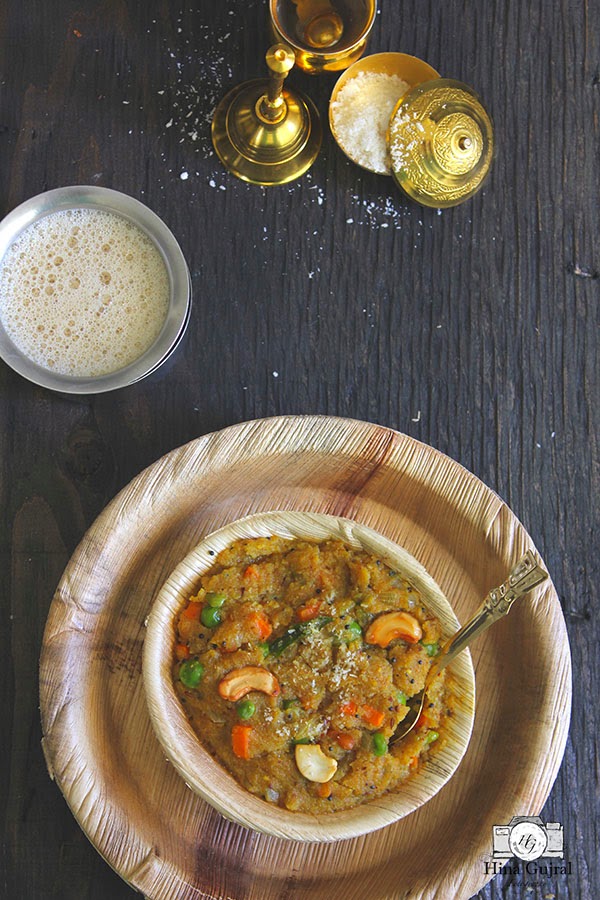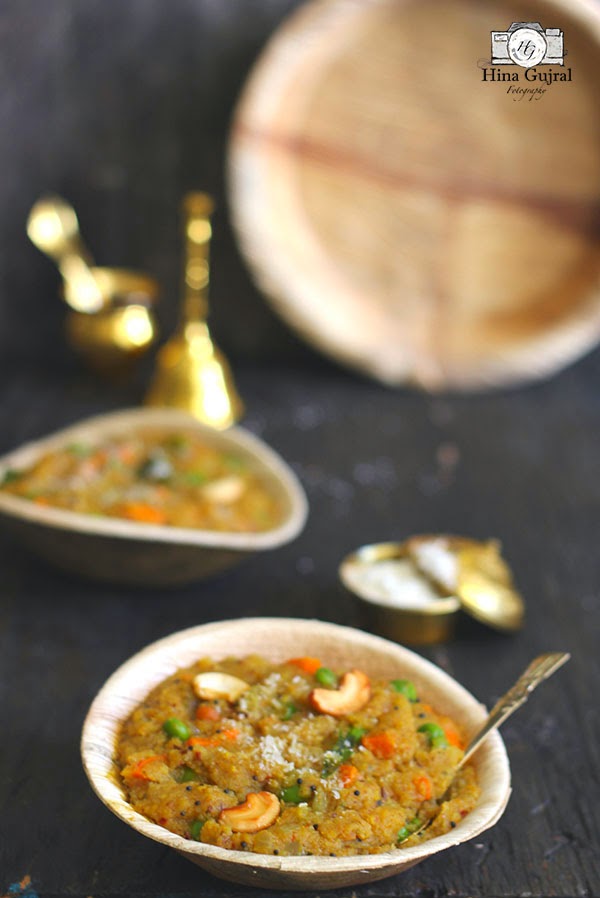Pahadi Gahat/Kulath Ki Dal is horse gram stewed with humble spices to create hearty wholesome brown curry, which is actually of deep brown color with some shades of light brown. To many of you the name at first sound really weird - horse gram, the whole seeds of this bean are fed to cattle and I guess that explains the story behind this name, better I should refer to it with other name Gahat in the post.
Like many other local ingredients in Uttarakhand Gahat is also grown with many hardships in those lovely terrace farms, where unworldly famers work hard for days and months for the ample harvest of this bean to enjoy a bowl full of nourishing stew during the bad winter days with their families, when their farms are nothing but the storehouse of dew and fog, soil is damp and reluctant to bear any fruits of nature, sun play month long hide and seek, their nights get warm with dinner of Gahat Ki Daal and Roti.
My mother who has spent considerable part of school vacations in her paternal village - Paithani, as a cook has great affection for terraced paddy fields produce, during our growing up years every year one of her distant cousin before the first winter breeze use to send one bag full of Pahadi Gahat along with Pahadi Bhatt (black soybean) and Mandua flour, he never send it a month earlier or later, always right on time, then she would glee in pride by looking at ancestral land produce and treasure all these condiments like a prized possession until next winter using wisely and occasionally in our daily meals.
On a bright sunny winter Sunday mood for Gahat ki Daal and Bhaat (steamed rice) was all staged by the weather, in heavy traditional cast iron pot daal was stewed with aromatic ginger, garlic and herbs chopped up in a haze, spoonful of colored flavors known as spices were thrown in and finally some rice flour paste to thicken the curry, then began the trial of patience of our growling and howling stomachs, curry is slow cooked for quiet sometime for the flavors to develop and also to tease our senses with the alluring aroma of it. And at last time for sizzling melodrama of Indian kitchen - tadka (tempering), with ladle full of ghee, cumin, and herbs I waited for the seeds to do the little crackling performance and finally grace the curry with the tadka.
Table was laid, dinner napkins unfolded, rice was perfectly steamed and fluffed, salad could not be more greener, pickle jars were uncorked and here arrived the centerpiece of the lunch table - Gahat Ki Daal laced with sweet smell of ghee, garlic, herbs and hours of simmering over the low flame. One spoonful of it and it seems my hunger is been satiated, this uncomplicated taste of Gahat ki Daal always make me realize how deeply attached I am to my roots.
Recipe: Pahadi Gahat Ki Dal Yield: Serves 4 Ingredients: 1 Cup Gahat / Kulath / Horsegram 1 green chili, chopped 1 inch piece of ginger, peeled and grated 3 - 4 cloves of garlic, finely chopped ¼ tsp turmeric powder 1 tsp red chili powder Salt, as per taste 1 tbsp rice flour mixed with ¼ Cup water to make paste For tempering: 2 tsp cumin seeds 2 tbsp ghee ¼ tsp asafoetida 1 tsp Jumbu (a local herb, optional to add) 1 tsp Gandherin (a local herb, optional to add) Method: Clean, wash and soak dal in water for 1 hour. In a pressure cooker add dal with 4 Cup water, green chili, grated ginger, garlic, salt, red chili and turmeric powder. Give it a nice stir. Close the lid of pressure cooker and place it’s weight on. Cook dal in pressure cooker over low heat until you hear 3 - 4 whistles. Let the pressure release naturally. Open the pressure cooker and check dal for doneness. Now in a heavy bottomed saucepan transfer dal, add jumbo, gandherin if you are using along with rice paste. Stir nicely and let dal simmer over medium heat for 20 minutes. Stirring ocassionally and gently mash dal once with back of the spoon to thicken it. This way dal is thickened and flavor of herbs are infused well in dal. For tempering the dal, heat ghee in a small pan add cumin seeds once they crackle add asafoetida, immediately add this tempering over the dal and mix nicely. Serve hot! |
Other Kumaoni Recipes: |
Thanks for stopping by
Hina






